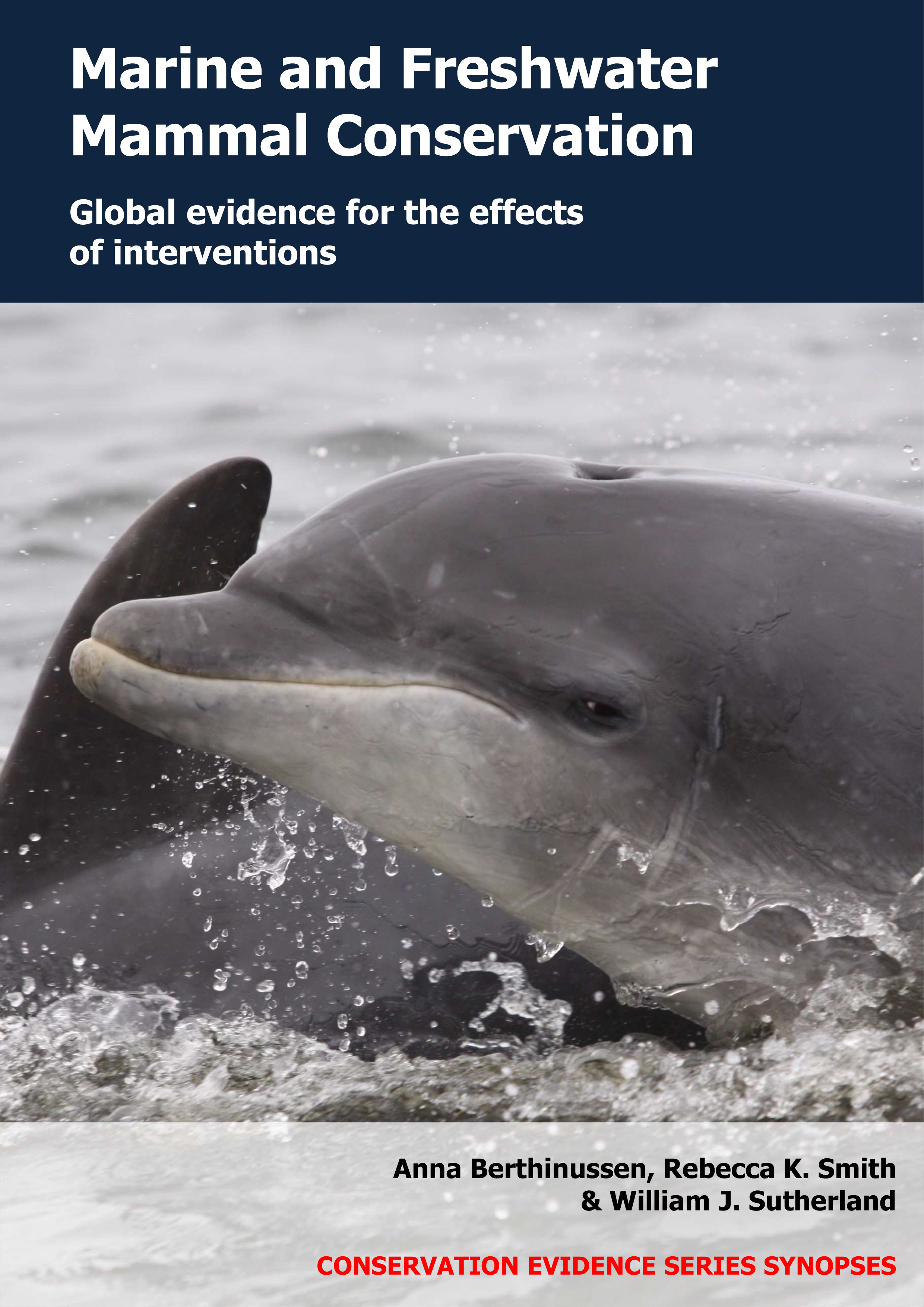Remove individual marine and freshwater mammals exhibiting aggressive behaviours that may limit population recovery
-
Overall effectiveness category Trade-off between benefit and harms
-
Number of studies: 1
View assessment score
Hide assessment score
How is the evidence assessed?
-
Effectiveness
60% -
Certainty
40% -
Harms
20%
Study locations
Supporting evidence from individual studies
A before-and-after study in 1983–2005 on an island in the North Pacific Ocean, Hawaii, USA (Johanos et al. 2010) found that removing individual adult male Hawaiian monk seals Monachus schauinslandi exhibiting aggressive behaviours resulted in fewer injured and greater survival of adult female seals compared to before removal. After removal of aggressive adult males, a greater proportion of adult female seals survived each year (average 99.7% survived; total 3 seals died) than before the males were removed (average 95.9% survived; total 30 seals died). The average proportion of injured (but not killed) adult female seals each year was lower after aggressive males were removed (2%) than before (11%, numbers not reported). In 1984–1994, a total of 37 adult males exhibiting aggressive behaviours (attacking or harassing female seals) were removed from an island and either released in a different area (30 seals), were taken into captivity permanently (five seals) or died during capture/in captivity (two seals). Seals were monitored daily on the island for 3–9 months during spring and summer in each of 10 years before (1983–1994) and after (1995–2005) the removal of aggressive adult males.
Study and other actions tested
Where has this evidence come from?
List of journals searched by synopsis
All the journals searched for all synopses
This Action forms part of the Action Synopsis:
Marine and Freshwater Mammal Conservation
Marine and Freshwater Mammal Conservation - Published 2021
Marine and Freshwater Mammal Synopsis





)_2023.JPG)














